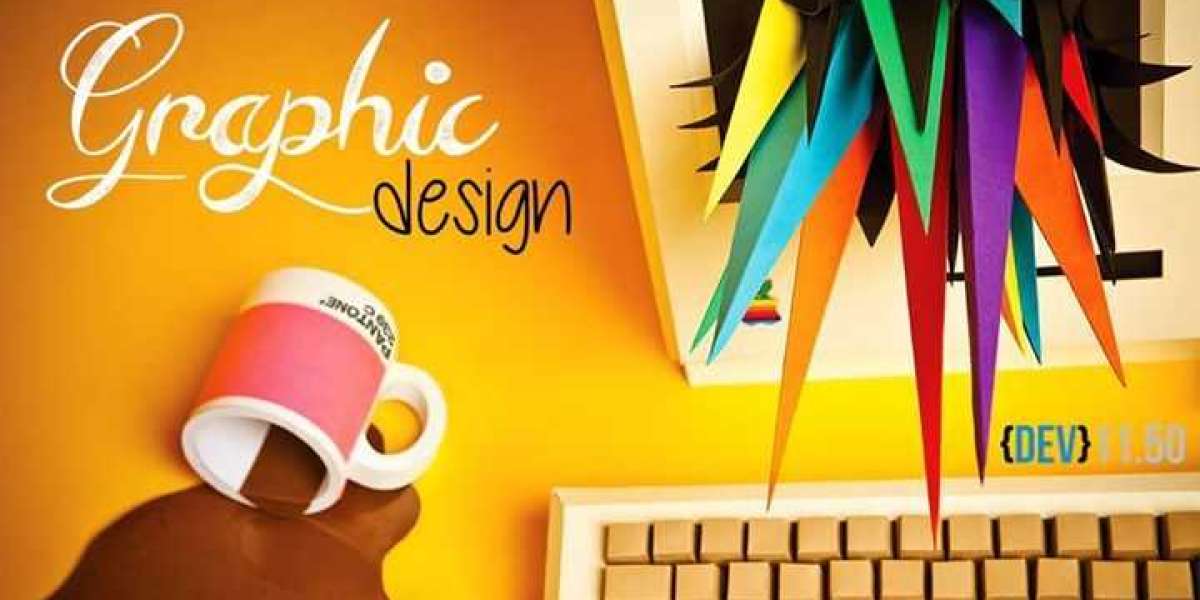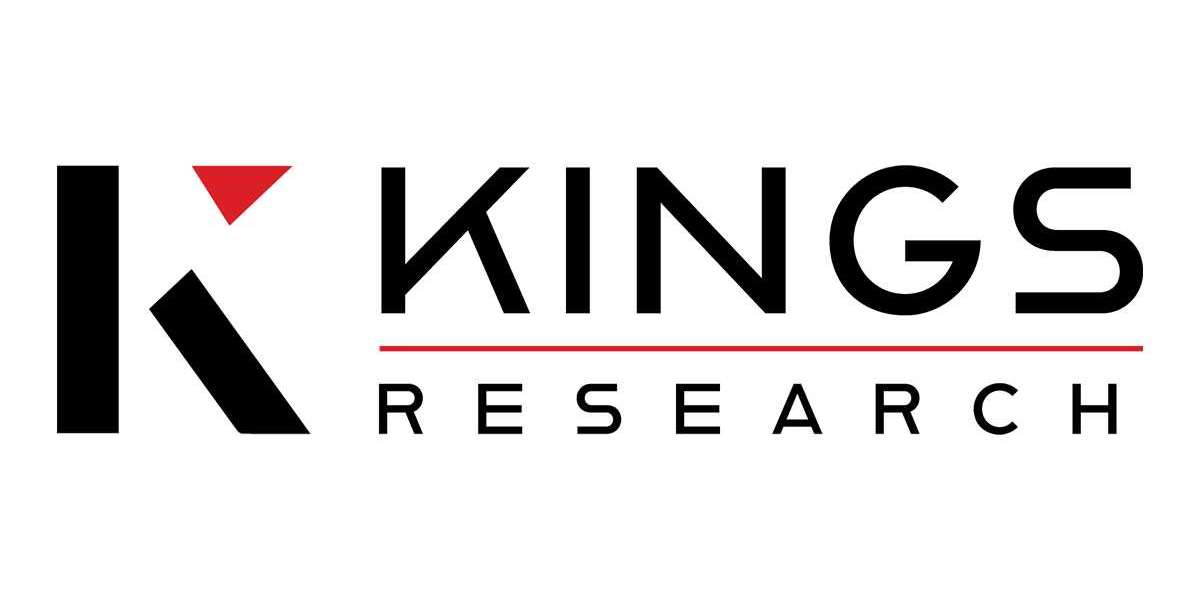The Power of Graphic Design: Crafting Visual Stories That Engage and Inspire
Introduction to Graphic Design
Graphic design is much more than creating pretty images. It’s a form of visual communication that helps businesses convey messages, evoke emotions, and create memorable experiences. Whether it's designing a logo, creating a website layout, or crafting a promotional poster, graphic design is the bridge between brands and their audience. In the fast-paced world of digital marketing, having strong visuals is critical to standing out and making an impact.
Types of Graphic Design
Visual Identity Graphic Design
This type of design focuses on the visual elements that represent a brand, such as logos, color palettes, and typography. It's all about creating a cohesive identity that people will recognize instantly.
Marketing Advertising Design
Whether it's a billboard, a social media ad, or an email campaign, marketing graphic design is all about persuasion. The goal is to grab attention and convey a message in a way that resonates with the target audience.
User Interface (UI) Design
UI design is where graphic design meets functionality. This type focuses on the look and feel of digital products like websites and apps. A well-designed UI can make or break the user experience.
Publication Design
Books, magazines, and catalogs all fall under this category. Publication design ensures that print or digital layouts are visually appealing while enhancing readability and user engagement.
Motion Graphics Design
This type of design adds life to visuals through animation and motion graphics. It’s particularly useful in video marketing, where engaging content can make a lasting impression.
Key Elements of Graphic Design
Color Theory
Color is a powerful tool in graphic design. Understanding color theory allows designers to create visually pleasing palettes that evoke specific emotions or messages. For instance, blue often represents trust and calm, while red can signify urgency or passion.
Typography
Fonts aren't just for reading; they play a big role in setting the tone for a design. Serif fonts might evoke a sense of tradition, while sans-serif fonts are often used for modern, clean designs.
Composition and Layout
A great design isn’t just about the elements used but how they’re arranged. Proper composition ensures that the design is balanced, guiding the viewer's eyes naturally through the content.
Imagery and Iconography
Images and icons help convey information quickly and effectively. Whether it's a photograph, illustration, or icon, the right imagery can enhance a design’s message and impact.
Popular Tools for Graphic Designers
Adobe Creative Suite
This is the go-to toolset for most graphic designers. Photoshop for photo editing, Illustrator for vector design, and InDesign for layout design are industry standards.
Canva: Easy Design for Everyone
Canva has revolutionized design for non-professionals. With its drag-and-drop interface, anyone can create social media posts, presentations, and marketing materials without needing advanced design skills.
Figma for UI/UX Design
Figma is a cloud-based design tool that’s perfect for user interface and user experience designers. It allows for real-time collaboration, making it a favorite for design teams.
The Importance of Branding in Graphic Design
Branding is one of the most critical aspects of graphic design. It's more than just a logo—it's about creating a visual identity that is consistent across all platforms. A strong brand helps businesses stand out in a crowded market, and great graphic design is the key to achieving that.
Graphic Design for Social Media
Social media is a visual-first platform. Eye-catching designs are essential for grabbing attention and encouraging engagement. Whether it’s an Instagram post or a Facebook ad, the right graphic design can dramatically increase the success of your social media strategy.
The Relationship Between Graphic Design and User Experience (UX)
Graphic design isn’t just about making things look pretty; it’s about enhancing user journeys. A well-designed interface not only looks good but also functions well, leading to better user experiences. It’s the balance between aesthetics and usability that creates effective design.
Graphic Design Trends in 2024
Minimalism and Simplicity
In 2024, less is more. Clean, minimalistic designs are gaining popularity as brands opt for simplicity over clutter.
Bold Colors and Gradients
Bright, bold colors and the use of gradients are making a comeback. These eye-catching elements can add depth and energy to a design.
Retro and Nostalgic Designs
Retro designs evoke a sense of nostalgia, bringing back design trends from the past with a modern twist. This trend resonates particularly well with audiences looking for comfort and familiarity.
The Future of Graphic Design
AI and Automation in Graphic Design
As AI continues to evolve, it’s playing a bigger role in design. From automating simple tasks to generating entire design layouts, AI is transforming how graphic designers work.
Virtual and Augmented Reality Design
With the rise of VR and AR technologies, graphic designers are now exploring new dimensions. These immersive designs can offer new ways to interact with content, opening up endless creative possibilities.







